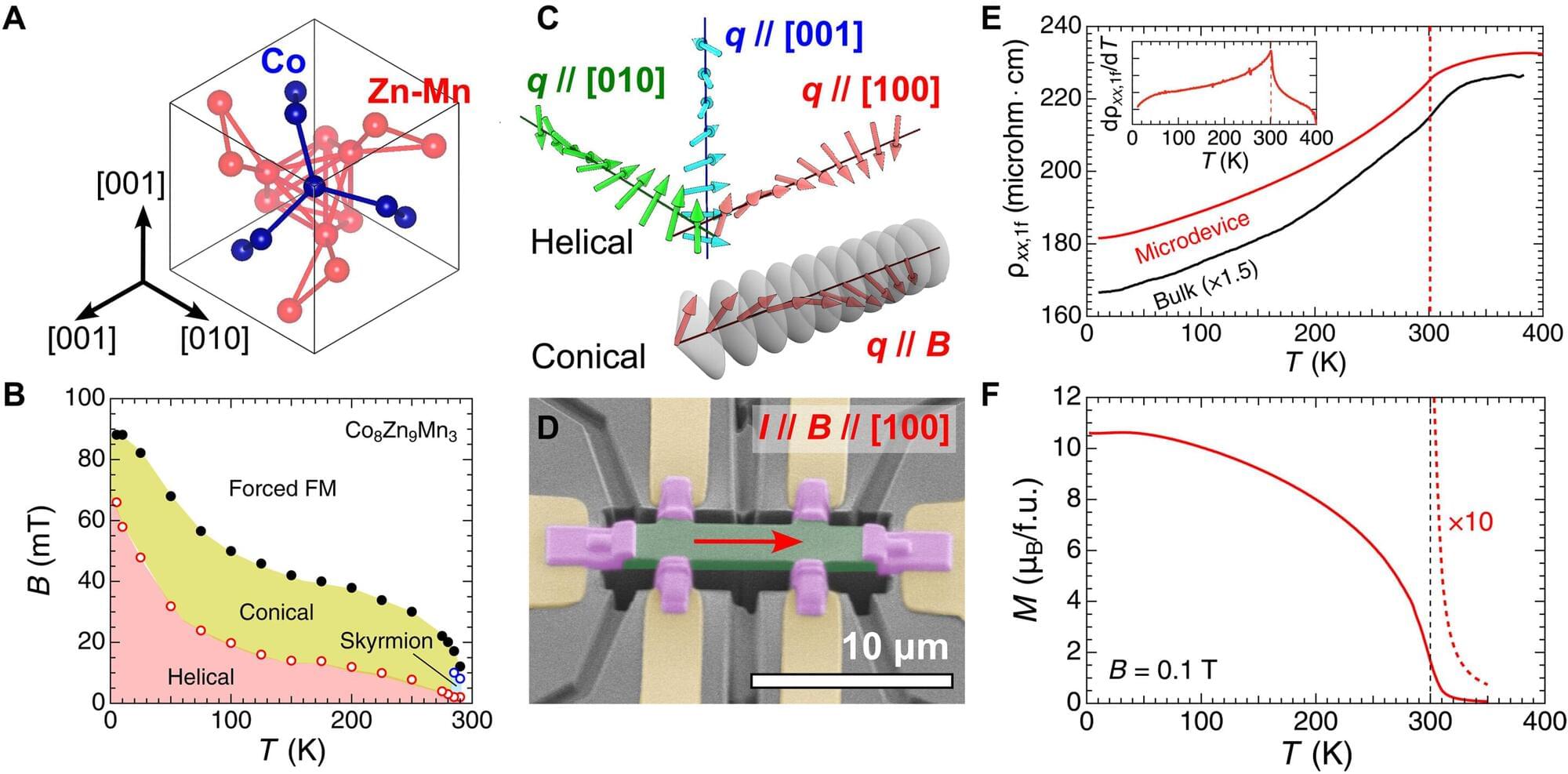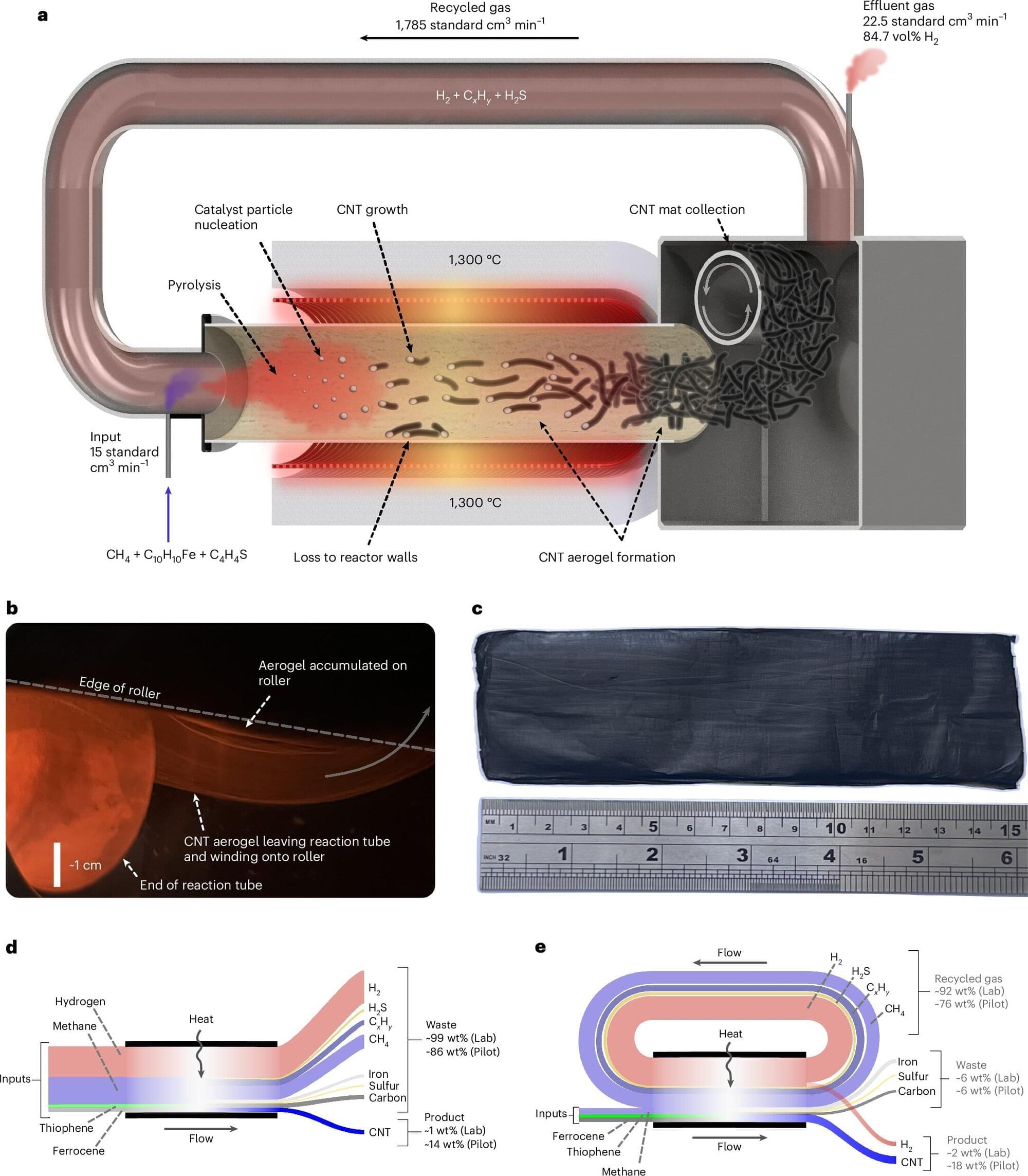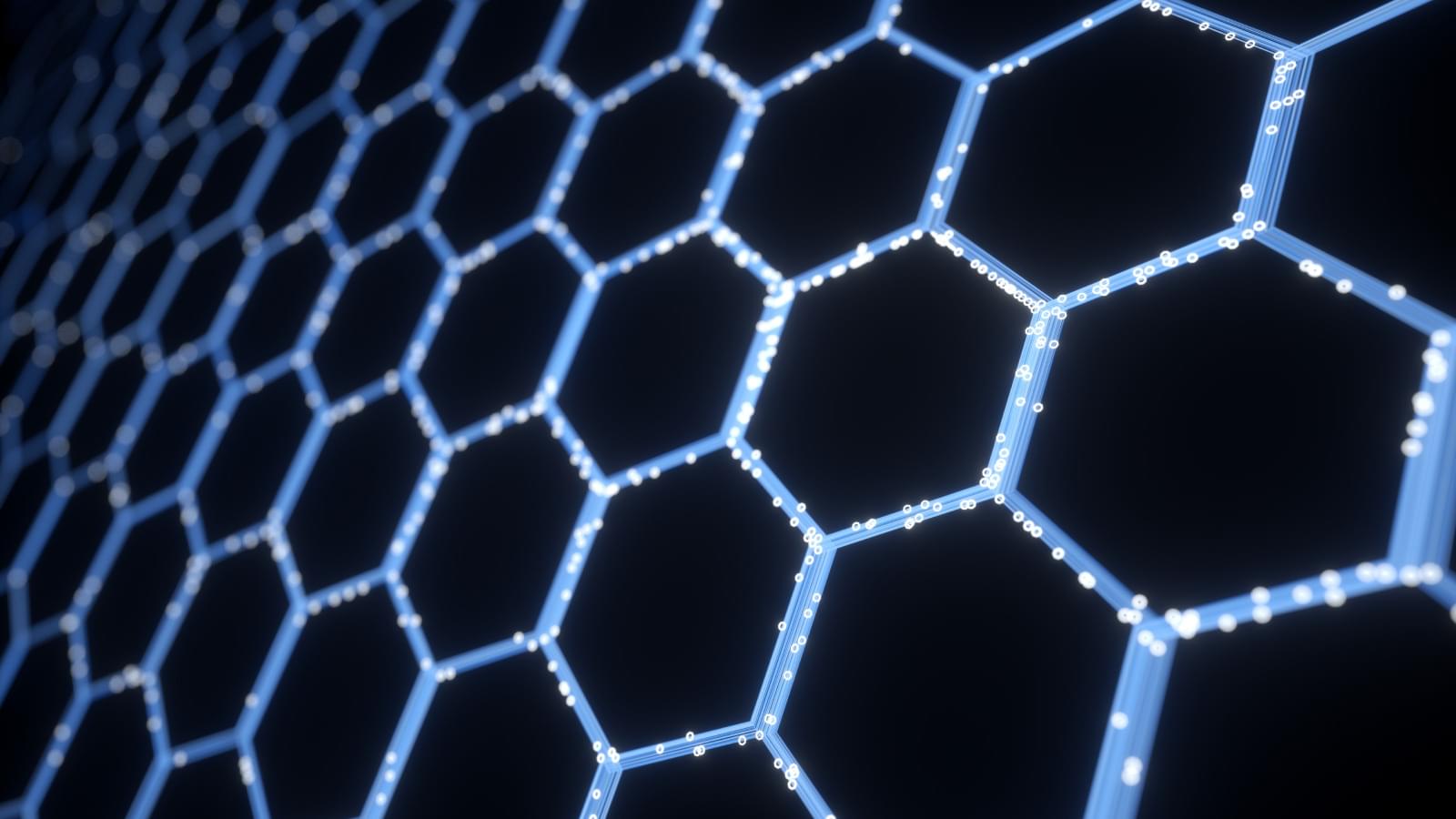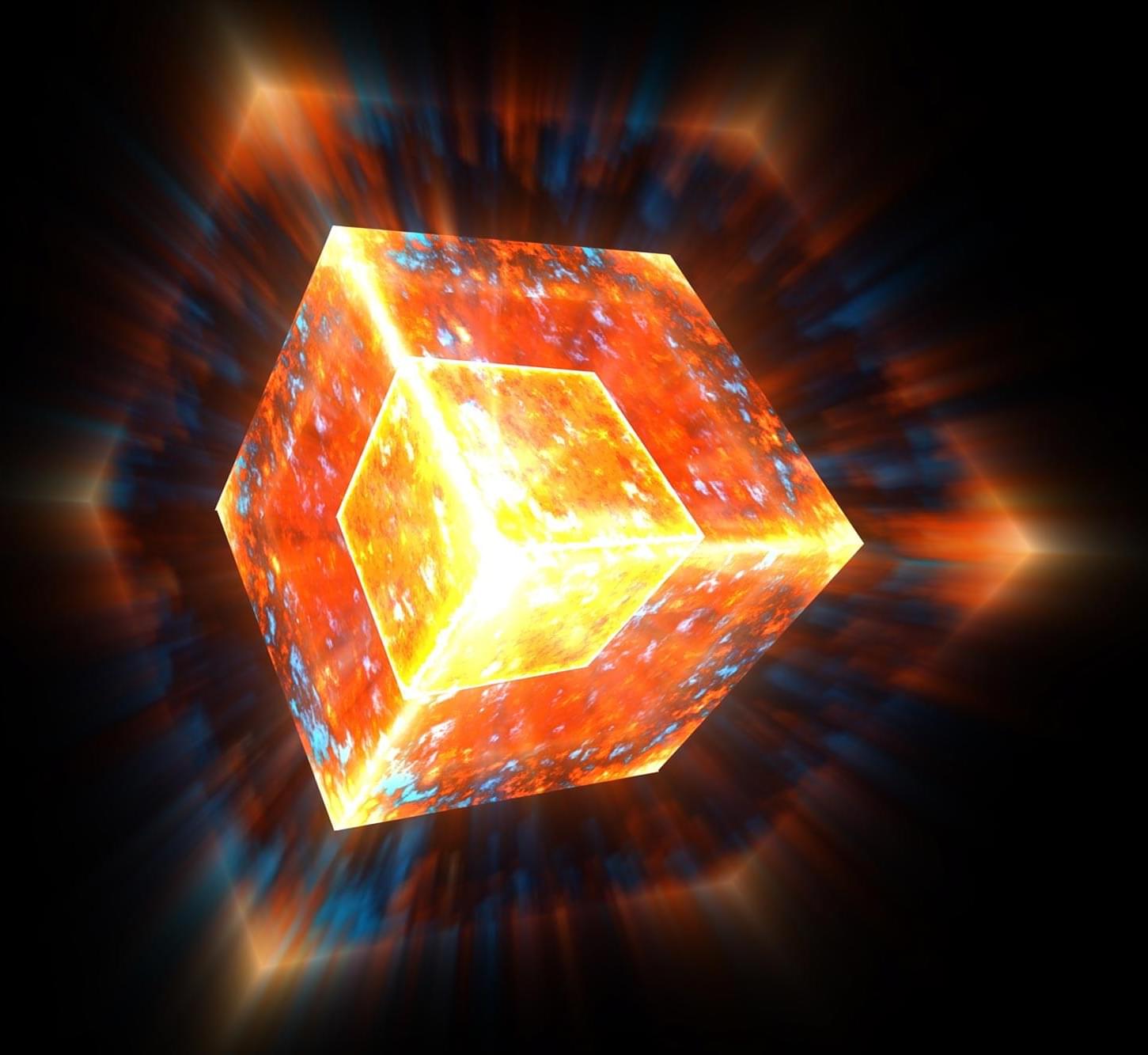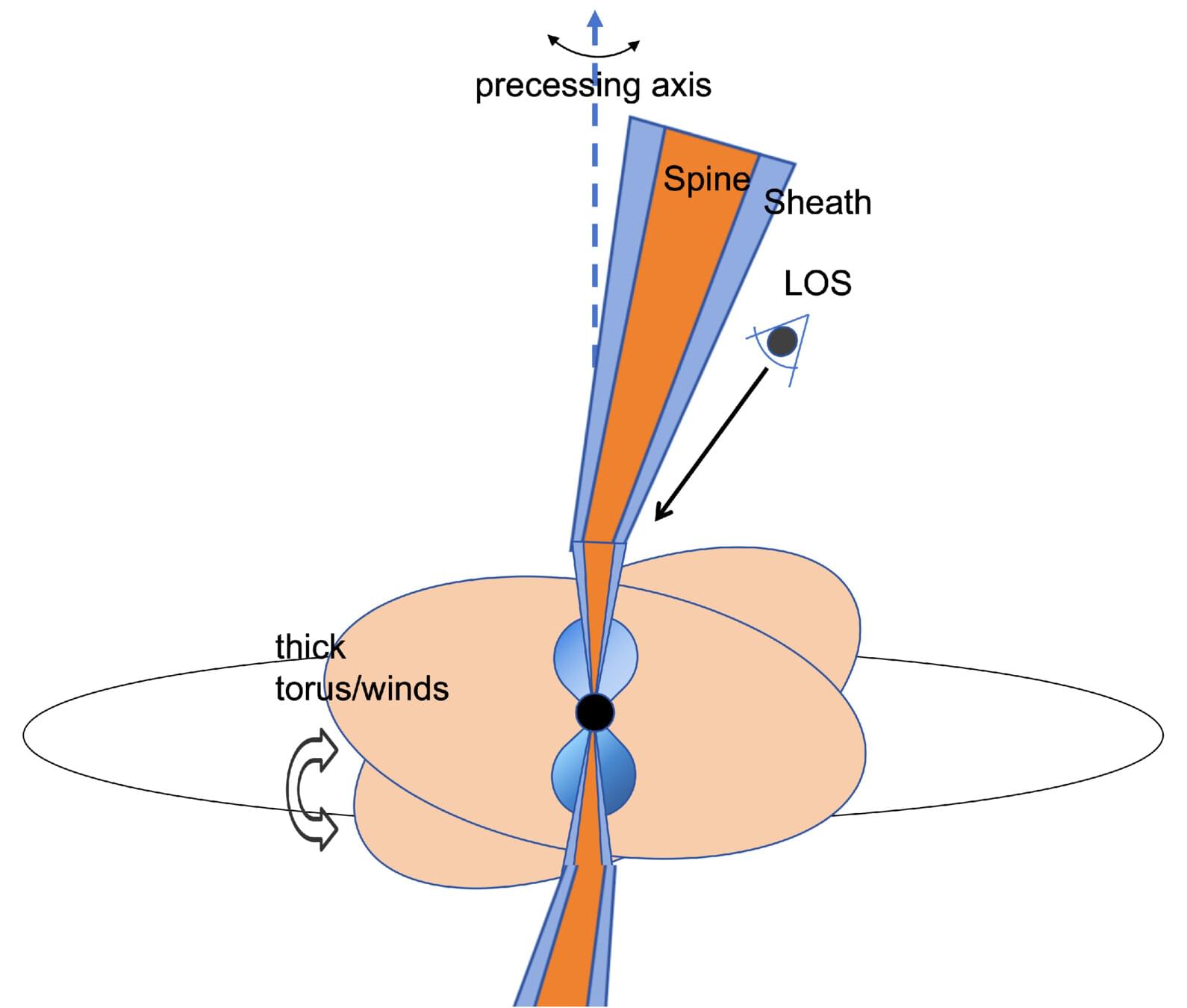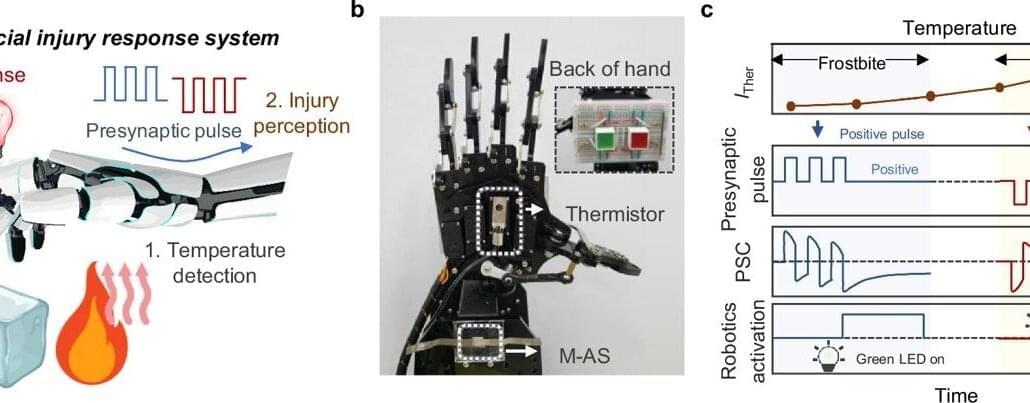Research published in the Journal of the American Chemical Society demonstrates a new way to make carbon-based battery materials much safer, longer lasting, and more powerful by fundamentally redesigning how fullerene molecules are connected.
Today’s lithium-ion batteries rely mainly on graphite, which limits fast-charging speed and poses safety risks due to lithium plating. These research findings mean progress toward safer electric vehicles, longer-lasting consumer electronics, and more reliable renewable-energy storage.

